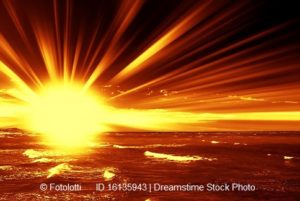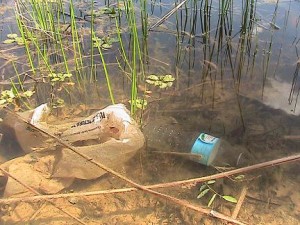Amazingly, there are no laws of Biology that have gained consensus. Therefore, here is our proposed first law of biology that should be acceptable to all:
All biological growth is due to automatic self-assembly
Consider biological growth; it is accomplished automatically and it is self-assembled. For instance, growth processes such as meiosis and mitosis are complex to the extreme but automatic and self-orchestrated. It matters not if it is bacteria growth, virus growth, plant growth, or mammal growth; it is all automatic and self-assembled. Consider human growth: it self-assembles starting with a single cell. then, it grows to a fully viable human with trillions of cells in just 9 months. It must be pointed out that there are no exceptions to biological growth due to automatic self-assembly. It happens all the time everywhere to every species.
DNA
DNA is a code that defines our species and traits. However, it cannot build anything; it is a code, a blueprint for life. Codes and blueprints can’t build anything. For instance, to build a house, it takes more than a blueprint; it takes a contractor, carpenters, plumbers, bricklayers, dry-wallers, and electricians to put it all together. DNA is

only the blueprint. There are 9 million (number of species) unique codes for the various kinds/species, and each species self-assembles. How? We don’t know, but we see it happen trillions of times each day. How did this hummingbird (on the right) self-assemble at each stage of its life: egg, hatchling, fledgling, and mature bird? What told the cells where to go and what to do?

Additionally, one of the most extraordinary examples of self-assembly is the butterfly. The butterfly starts as an egg, self-assembles into a worm. The worm hatches and has worm body, a worm diet, and a worm metabolism. Then, it becomes a chrysalis which deconstructs the worm and self-assembles a butterfly. The butterfly has a butterfly body, wings, a flight control system, a butterfly diet, and a butterfly metabolism. Moreover, the butterfly is like a new creature, nothing like a worm. It is fascinating to watch, and it only takes days. There are no exceptions; all biological growth is automatic and self-assembled.
Scientific Laws
Even though we do not understand how automatic self-assembly works, we do know it does work, and it works very well. It is not necessary to understand something before forming a scientific law. For instance, the laws of gravity entropy are accepted by all, but the mechanisms are not understood. Is gravity a particle, or is it curved space? Why does entropy go only in one direction? We do not know. However, we know that gravity is predictable anywhere on the earth, the moon, or anywhere in the universe. We understand the effects of gravity but not the mechanism. And we know that entropy always increases. So it is with biological growth. It is always automatic and self-constructed without exception. Therefore, we propose it as a law.
Complexity
The example above of the house construction is good, but let’s go into a few additional details. In contrast, biological growth is much more complex. Consider the developing baby, its electrical grid is built and wired to live, move, think, and sense. Then there are the vital organs that automatically appear that allow the baby to eat various foods, metabolize them, and discharge the waste. Also, the baby automatically constructs a plumbing system capable of supplying blood to each of the trillions of cells. In addition, stem cells know how to assemble a mechanism that can work in unison with millions of bacteria and produce an immune system. The most difficult of all is that the baby automatically assembles something allowing it to become conscious. And remember, it is all quick and automatic. Besides, it happens without exception.
The evolutionary view of automatic self-assembly
The evolutionary view of automatic self-assembly is that it came out of chaos, a state of no information, order, intelligence, or purpose.
Biblical view of automatic self-assembly
In the beginning, God formed all creatures according to their kind. He built a reproductive mechanism in all creatures. This reproduction mechanism was automatic and divinely created. We have the details in the account of Adam and Eve. God formed Adam from the earth and made Adam a living soul. Then He took Adam’s rib and formed Eve. Together, Adam and Eve had a reproductive system capable of giving birth to Cain, Abel, Seth, and others. Moreover, God formed and assembled Adam and Eve but not their offspring. Everyone after Eve, including those alive today, was automatically self-assembled.
The present writer has concluded that automatic self-assembly is one more nail in the coffin of evolution, and the Biblical narrative is the only explanation that makes sense. How could such a complicated system as automatic self-assembly evolve in the first generation without intelligence?
Summary
Biological growth is happening everywhere, and it is always automatic and self-assembled. Consequently, we don’t think about it or question it. Also, it appears that scientists have ignored it. Now it is time to accept it as a law of biology and investigate how it works and from where it came. The present writer is a creationist and believes that God implemented it but is curious how He did it.
Additional Suggested reading:
How to Build and Rebuild the Human Heart
For more of our papers, please CLICK HERE
If you would like to contact us, please CLICK HERE
If you would like to subscribe, please CLICK HERE




